Black Arts Movement: Revolutionary Force
A Revolutionary Cultural Force: Black Arts Movement
In tandem with our re-OpenLab ‘Architextures’ music series, here we look at The Black Arts Movement (BAM), a profound and influential cultural movement that emerged in the 1960s, seeking to create art that directly addressed the political, cultural, and social struggles of Black people. It grew out of the larger Black Power Movement and was grounded in a desire to reclaim and redefine Black identity, while challenging the dominance of Eurocentric values in art, literature, and politics. The movement, which gained momentum between 1965 and the mid-1970s, was unapologetically radical, using art as a weapon in the fight against racial oppression. It encouraged Black artists, poets, and musicians to produce work that reflected the Black experience and advocated for political liberation.
Founded by poet and playwright Amiri Baraka (formerly LeRoi Jones) after the assassination of Malcolm X in 1965, BAM sought to inspire Black pride, self-determination, and cultural independence. The movement wasn’t just limited to poetry and literature – it spanned music, theatre, visual arts, and performance. Through this artistic revolution, Black artists demanded to be heard, using their creativity to affirm Black identity, confront the realities of systemic racism, and envision a future of equality. In its heyday, the Black Arts Movement radically reshaped the cultural landscape of America, with its impact still resonating today in contemporary Black art, literature, and activism.
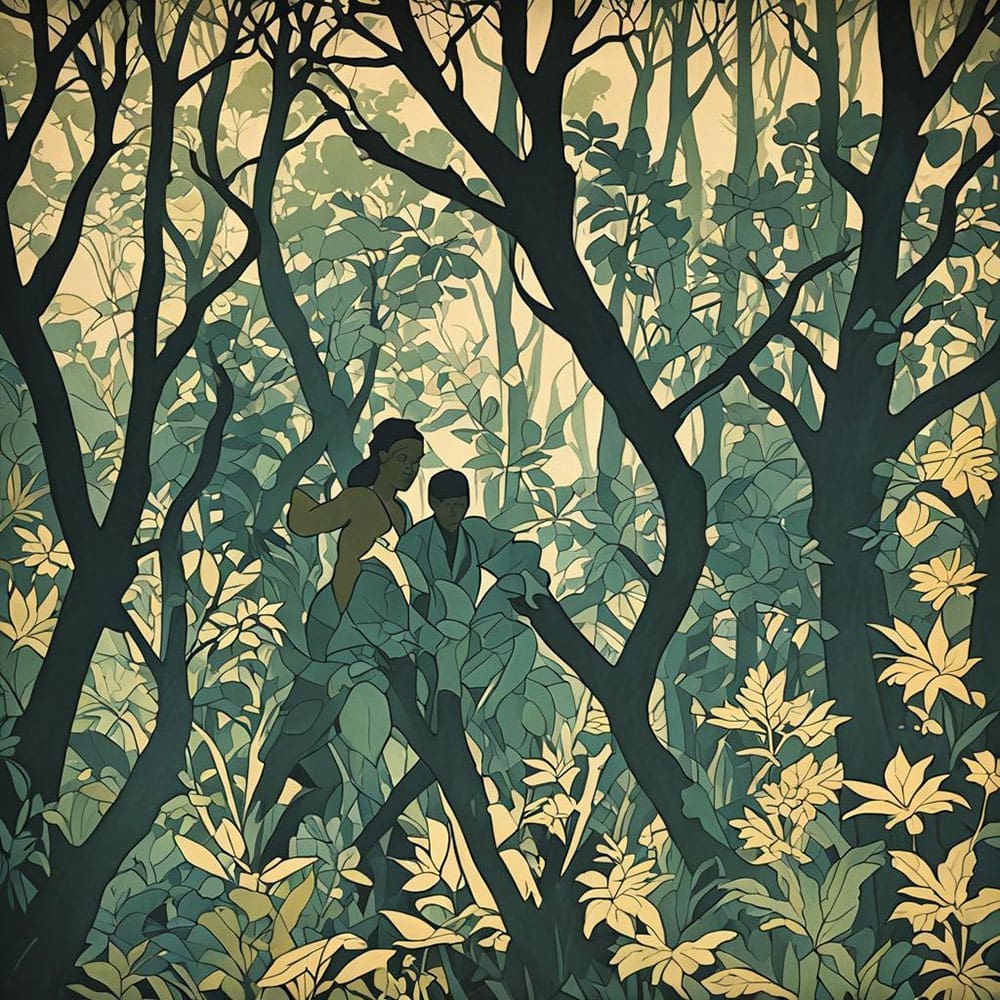
“We want ‘poems that kill.’ Everything we do should be about the liberation of Black people.”
Amiri Baraka
Table of Contents
Origins of the Black Arts Movement: Art as Resistance
The Black Arts Movement was birthed during a time of profound social upheaval in America. The Civil Rights Movement had gained significant traction in the 1950s and early 1960s, but by the mid-1960s, many activists were growing frustrated with the slow pace of progress and the limitations of nonviolent protest. Influenced by the more militant rhetoric of leaders like Malcolm X and the rising Black Power Movement, many in the Black community began to call for a more radical approach to achieving equality. Amiri Baraka, one of the movement’s primary architects, recognized the need for a cultural revolution to complement the political one.
Baraka’s founding of the Black Arts Repertory Theatre/School (BARTS) in Harlem in 1965 is often cited as the official start of the Black Arts Movement. Through BARTS, Baraka aimed to provide a platform for Black artists to develop and showcase works that expressed the reality of Black life in America. The theatre hosted poetry readings, plays, and music that challenged the status quo and reflected the anger and determination of the Black community. BARTS became a hub for Black artists and intellectuals, fostering a sense of community and shared purpose. Though BARTS was short-lived, its influence spread across the country, inspiring the formation of Black arts organizations in cities such as Chicago, Detroit, and Los Angeles.
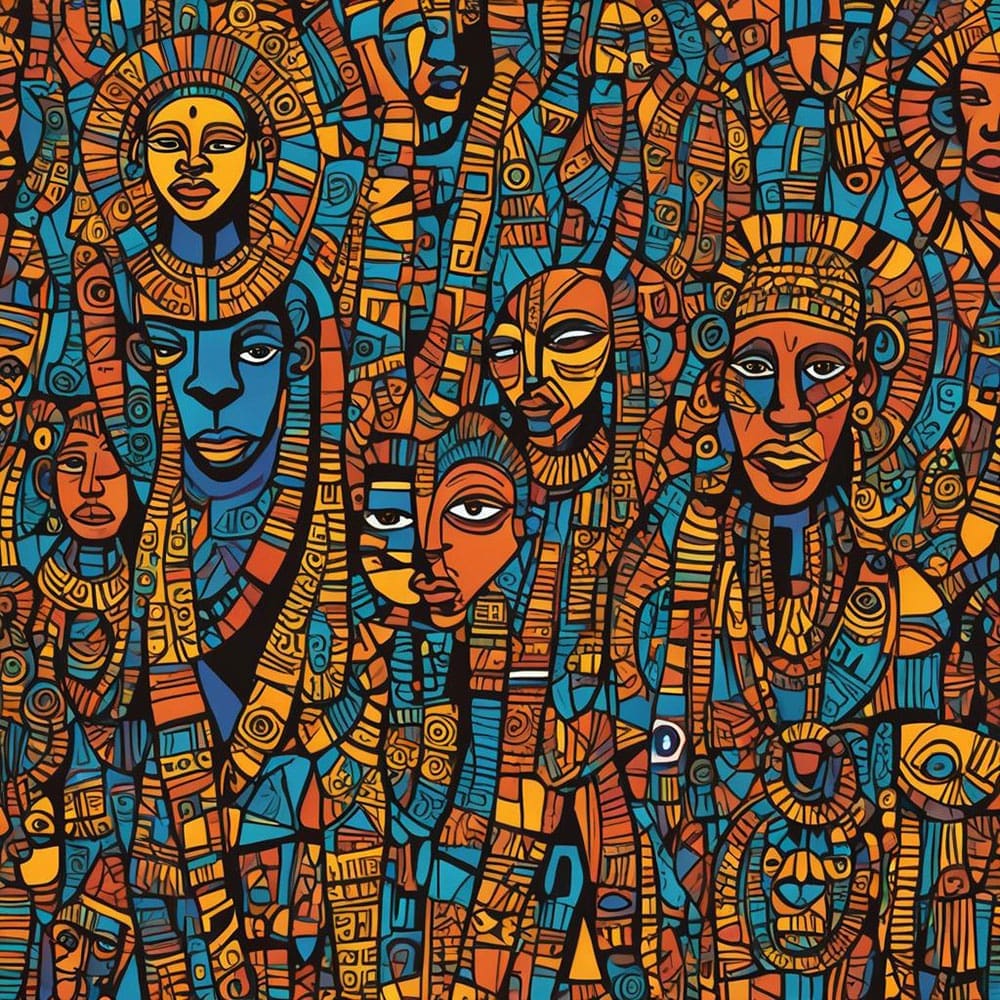
“The Black Arts Movement was about reclaiming our identity, rejecting the lies that had been told about us for centuries.”
Sonia Sanchez
Key Figures and Impact
Amiri Baraka’s leadership and prolific output as a poet, playwright, and essayist solidified his place as the central figure of the Black Arts Movement. His works, such as Dutchman (1964) and Blues People (1963), reflected his commitment to Black liberation and his belief in the power of art to incite political change. However, the movement also produced a wealth of other talented artists who contributed significantly to its mission. Poets like Sonia Sanchez, Nikki Giovanni, and Haki Madhubuti (formerly Don L. Lee) were key voices in the movement, using poetry to speak directly to the lived experience of Black people and the collective struggle for freedom.

One of the Black Arts Movement’s most significant contributions was its emphasis on reclaiming and celebrating African heritage. In this regard, the movement was deeply connected to the cultural nationalism espoused by leaders like Malcolm X and later, figures such as Maulana Karenga, the founder of Kwanzaa. Through its focus on African culture, BAM sought to reconnect Black Americans with their roots and forge a sense of unity and identity that was free from the distortions of white supremacy. The movement was a major force in the development of Afrocentric thought, which would continue to shape Black intellectual and artistic production in the decades that followed.
*All Book Images Open a New tab to our Bookshop
**If you buy books linked to our site, we get 10% commission from Bookshop.org, whose fees support independent bookshops.
Amiri Baraka’s Dutchman (1964)
Amiri Baraka’s Dutchman is one of the defining works of the Black Arts Movement and a powerful statement on the fraught relationship between Black and white Americans. The play, set entirely on a subway train, centres around the interaction between Clay, a young, educated Black man, and Lula, a white woman. As their conversation progresses, it becomes a tense and volatile exchange, revealing the underlying violence and exploitation inherent in the racial dynamics of the time. Lula seduces, mocks, and ultimately murders Clay, symbolizing the destructive nature of racism and the impossibility of coexistence within a racist society.
Dutchman was a shocking and provocative play that drew attention to the tensions and dangers faced by Black men in America. Baraka’s brutal and confrontational style was emblematic of the Black Arts Movement’s willingness to reject traditional forms and create new, experimental modes of expression. The play challenged white audiences to confront their complicity in racial oppression while giving voice to Black rage and resistance. It remains a seminal work, representative of BAM’s radical ethos and its belief in the transformative power of art.
Sonia Sanchez’s Homegirls & Handgrenades (1984)
Sonia Sanchez was one of the most prominent poets of the Black Arts Movement, and her collection Homegirls & Handgrenades encapsulates the spirit of the movement in its exploration of Black womanhood, politics, and identity. The collection, published after the peak of BAM but still deeply connected to its ideals, features powerful poems that address issues such as love, loss, activism, and survival. Sanchez’s style is raw, direct, and infused with the rhythm of Black speech and music, making her work both accessible and profound.
In Homegirls & Handgrenades, Sanchez explores the intersections of race, gender, and class, giving voice to the unique experiences of Black women in a society that devalues both their race and gender. Her poetry is deeply rooted in the vernacular of Black life and draws heavily on the oral traditions of African American culture. Through her work, Sanchez continues the legacy of the Black Arts Movement by centering the experiences of Black women and highlighting the importance of cultural and political solidarity. Homegirls & Handgrenades remains an essential work in understanding the breadth and depth of BAM’s impact on Black literature.
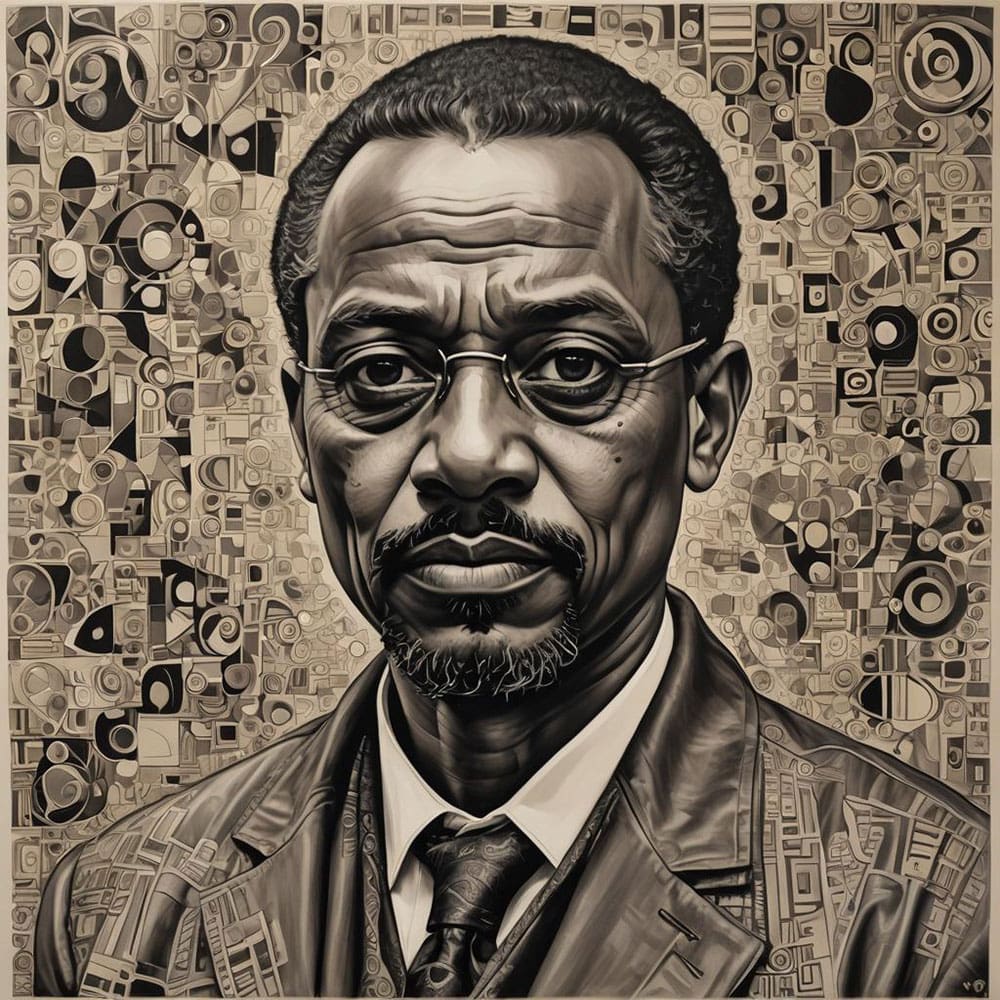
The Black Panther Party’s Visual Art
While literature and theatre were central to the Black Arts Movement, visual art also played a significant role in shaping the movement’s aesthetic and political messages. The Black Panther Party, founded in 1966, used visual art to communicate its revolutionary ideas, creating posters, illustrations, and murals that reflected the party’s commitment to Black liberation. Artists like Emory Douglas, the Minister of Culture for the Black Panther Party, produced bold, graphic images that depicted the struggle of Black people against state violence, poverty, and oppression. His artwork appeared in The Black Panther, the party’s official newspaper, and became iconic representations of the movement’s radical vision.
Emory Douglas’s art was a powerful tool for mobilization and education, making complex political ideas accessible to a wide audience. His depictions of Black figures as strong, empowered, and armed for self-defence were a direct counter to the negative portrayals of Black people in mainstream media. The visual art of the Black Panther Party exemplified the Black Arts Movement’s goal of creating art that was not just aesthetically compelling but politically potent. It remains a testament to the power of art as a form of resistance and a vehicle for social change.
Legacy and Contemporary View of the Black Arts Movement
The Black Arts Movement began to decline in the mid-1970s as internal divisions, political repression, and changing cultural dynamics took their toll. However, its influence has endured in many ways. The movement laid the foundation for subsequent generations of Black artists, writers, and activists who continue to use art as a means of expressing their identity and fighting for justice. In many ways, BAM anticipated the rise of hip-hop culture in the 1980s and 1990s, with its emphasis on rhythm, oral tradition, and the politics of Black life.
Today, the Black Arts Movement is viewed as a pivotal moment in American cultural history, particularly for its role in foregrounding issues of race, identity, and social justice in art. It opened the door for future explorations of Blackness in contemporary art and culture. Contemporary artists and writers like Ta-Nehisi Coates, Kehinde Wiley, and Claudia Rankine draw upon the legacy of BAM in their work, continuing the
conversation about race, power, and representation in America. The movement’s emphasis on cultural nationalism and its push for Black artistic autonomy continue to resonate, particularly in light of ongoing struggles for racial justice.
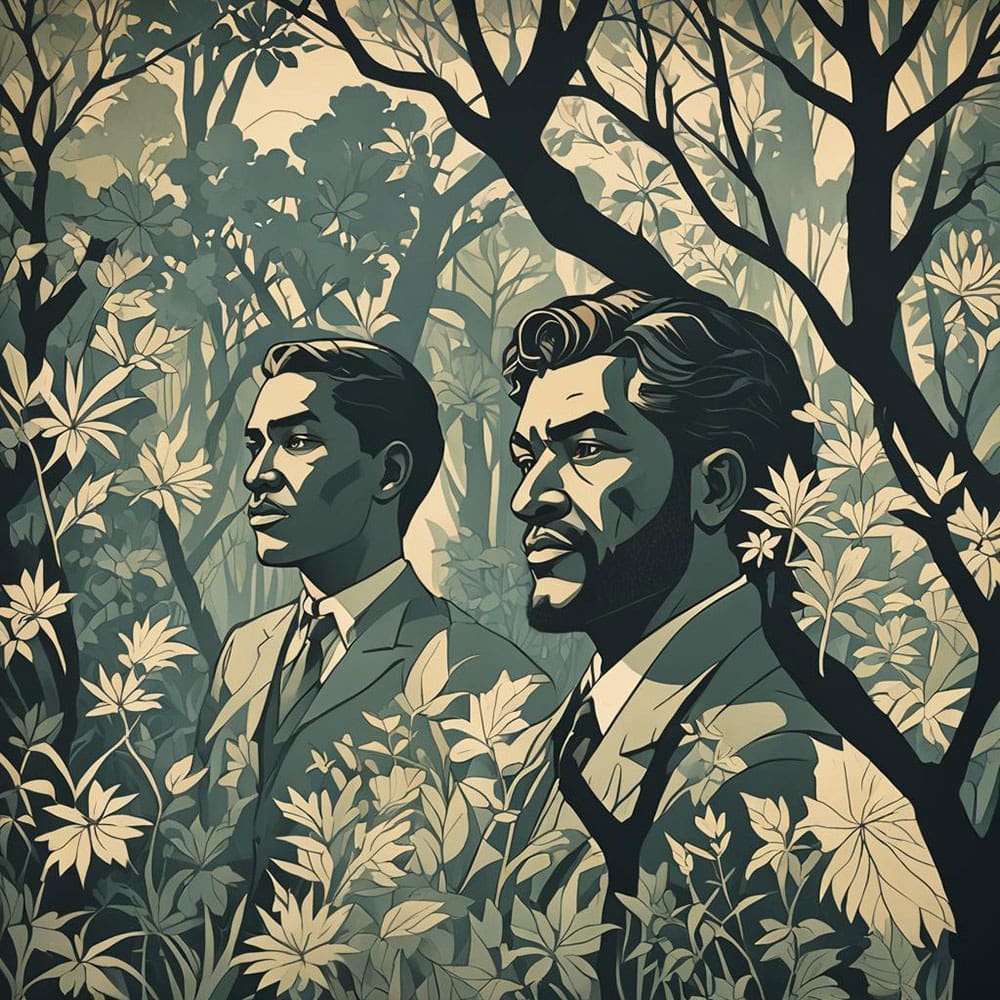
The Future of the Black Arts Movement
As the 21st century unfolds, the principles of the Black Arts Movement remain relevant, particularly in the context of movements like Black Lives Matter, which similarly blend art, politics, and activism. The rise of social media has provided new platforms for Black artists to share their work and reach global audiences, while the increased visibility of Black voices in mainstream media has furthered the goals of BAM. While the movement in its original form may have ended, its spirit lives on in the ongoing efforts to create art that speaks to the Black experience and addresses the challenges of systemic racism.
The Black Arts Movement’s legacy is a reminder that art is not just a reflection of society, but a powerful tool for shaping it. As long as the fight for equality and justice continues, the principles of the Black Arts Movement will remain relevant, inspiring new generations of artists to use their creativity as a form of resistance.
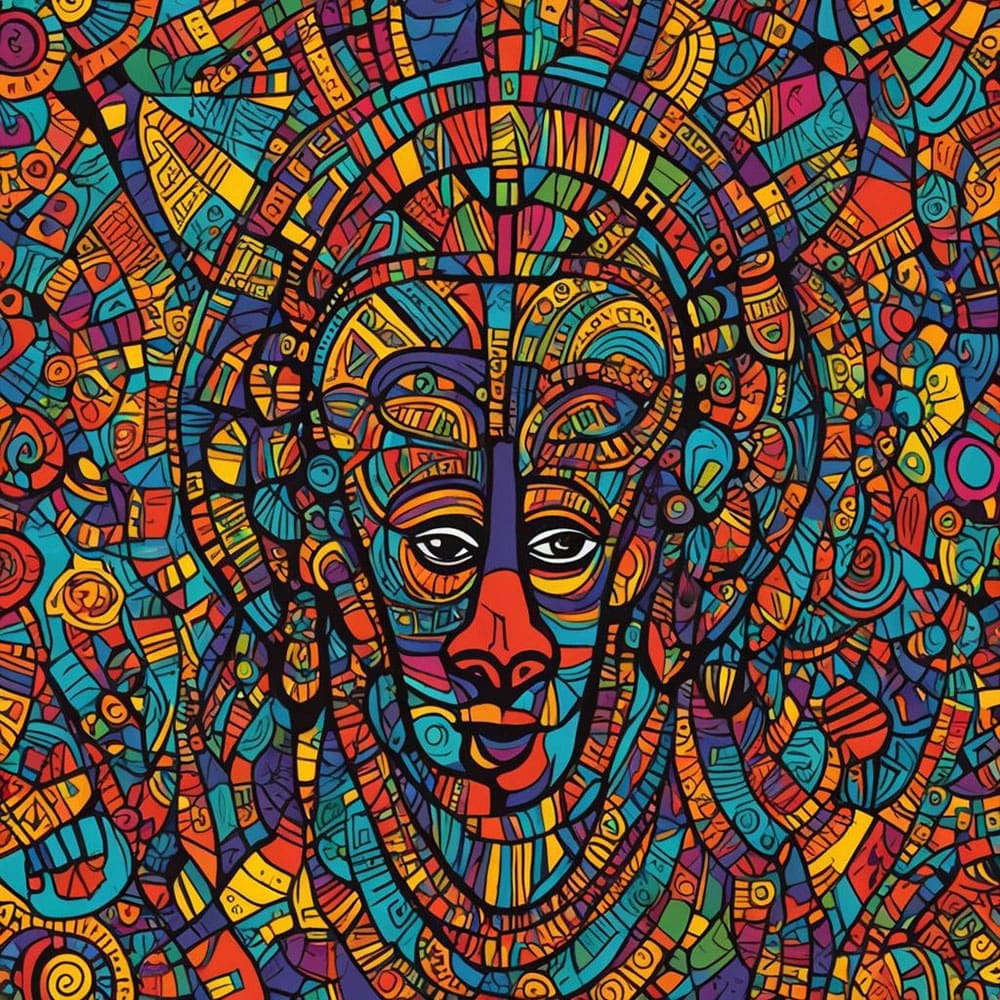
“Art is the weapon, and Black artists are warriors in the fight for freedom.”
Emory Douglas
Lasting influence on Contemporary Culture
The Black Arts Movement was a cultural revolution that reshaped the landscape of American art and literature, giving voice to the struggles, triumphs, and complexities of Black life. From its radical beginnings in the 1960s to its lasting influence on contemporary culture, BAM challenged artists to confront issues of race, identity, and politics head-on. Though the movement as a formal entity has passed, its impact endures, providing a blueprint for future generations of artists who continue to use their work to speak truth to power and inspire social change.


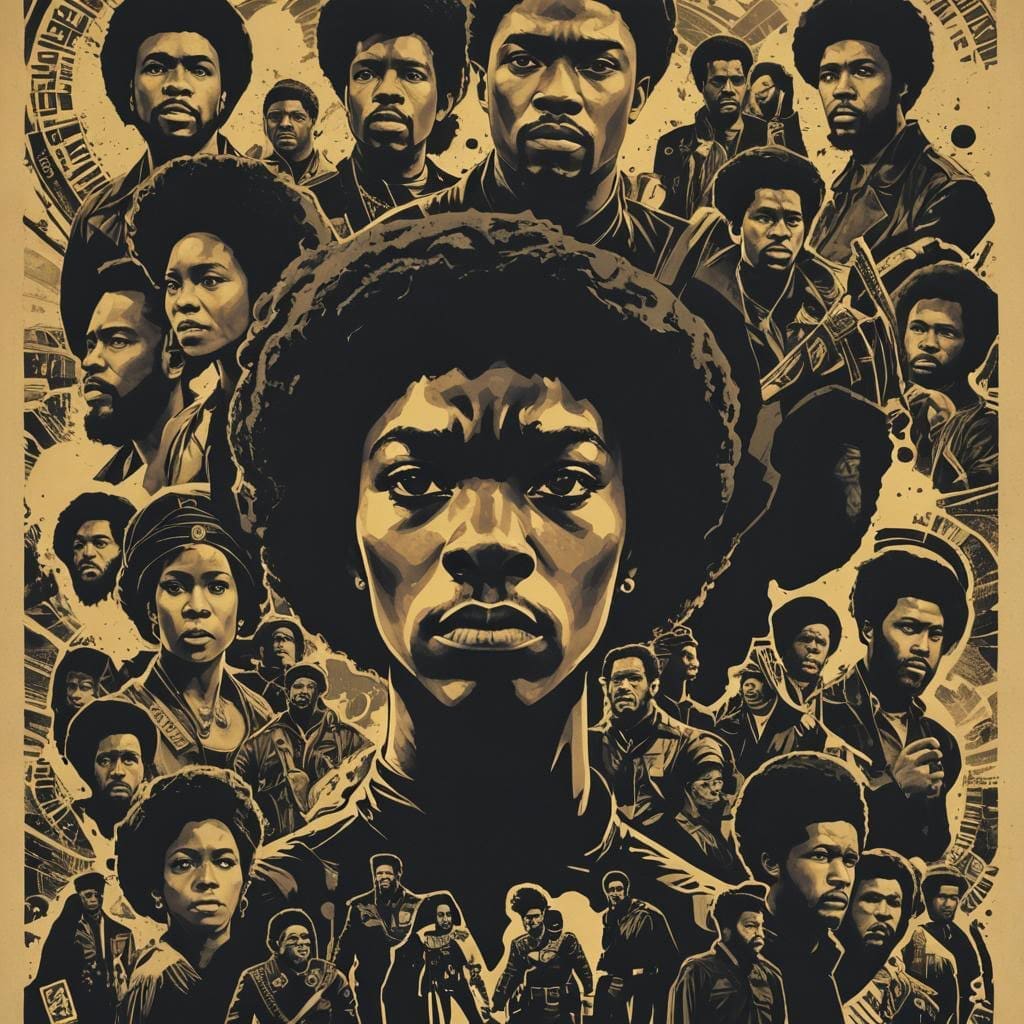
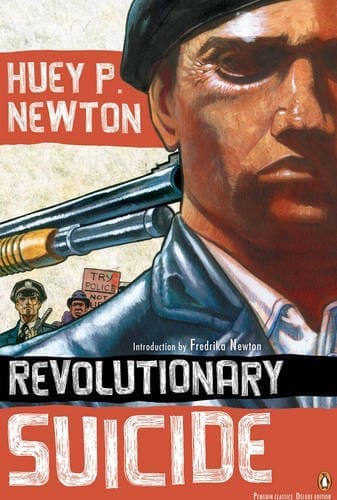
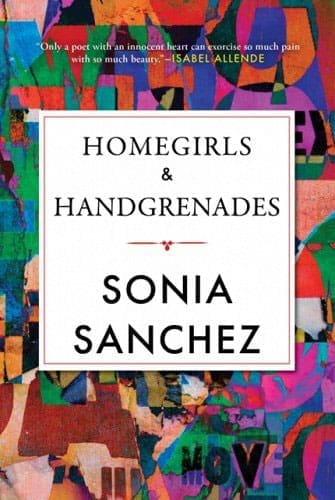
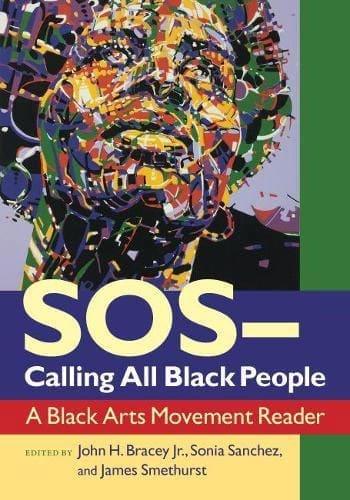

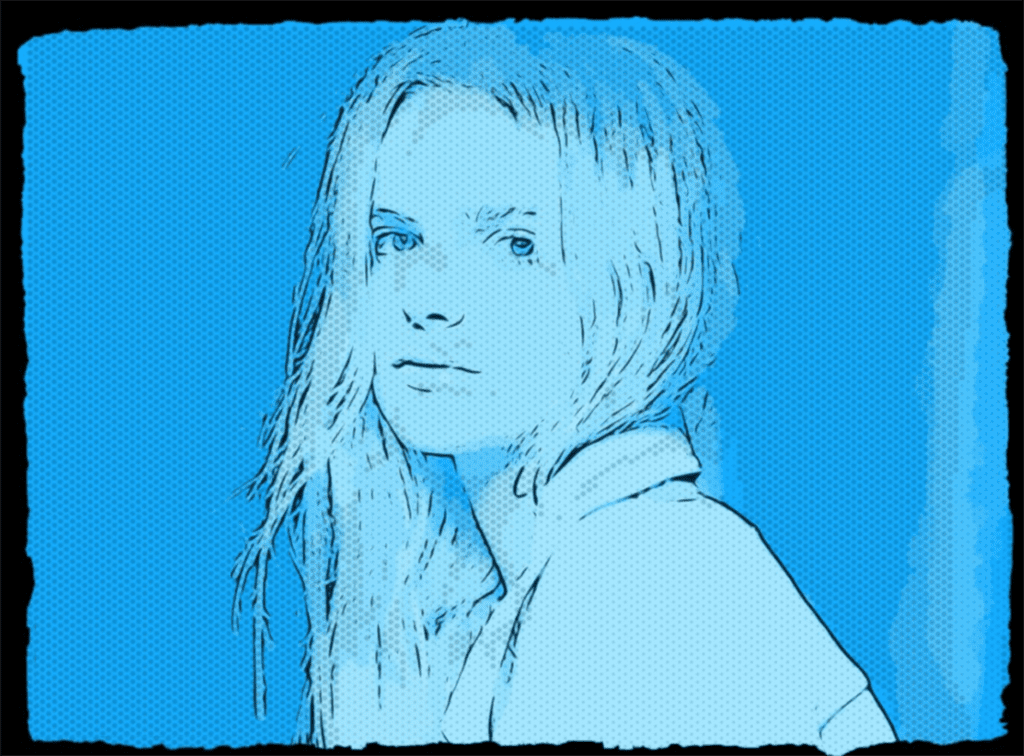


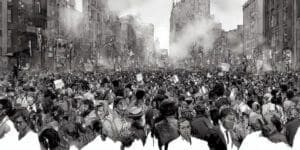


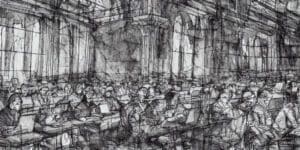
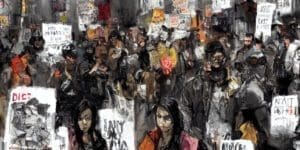
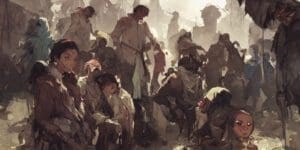



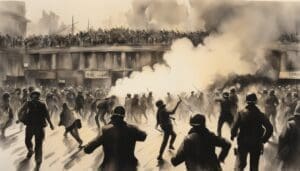






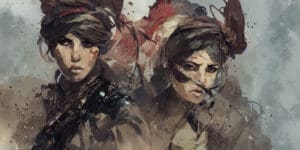
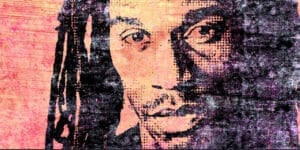
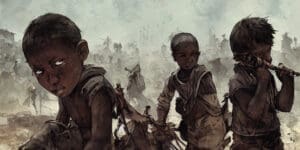
Leave a Comment